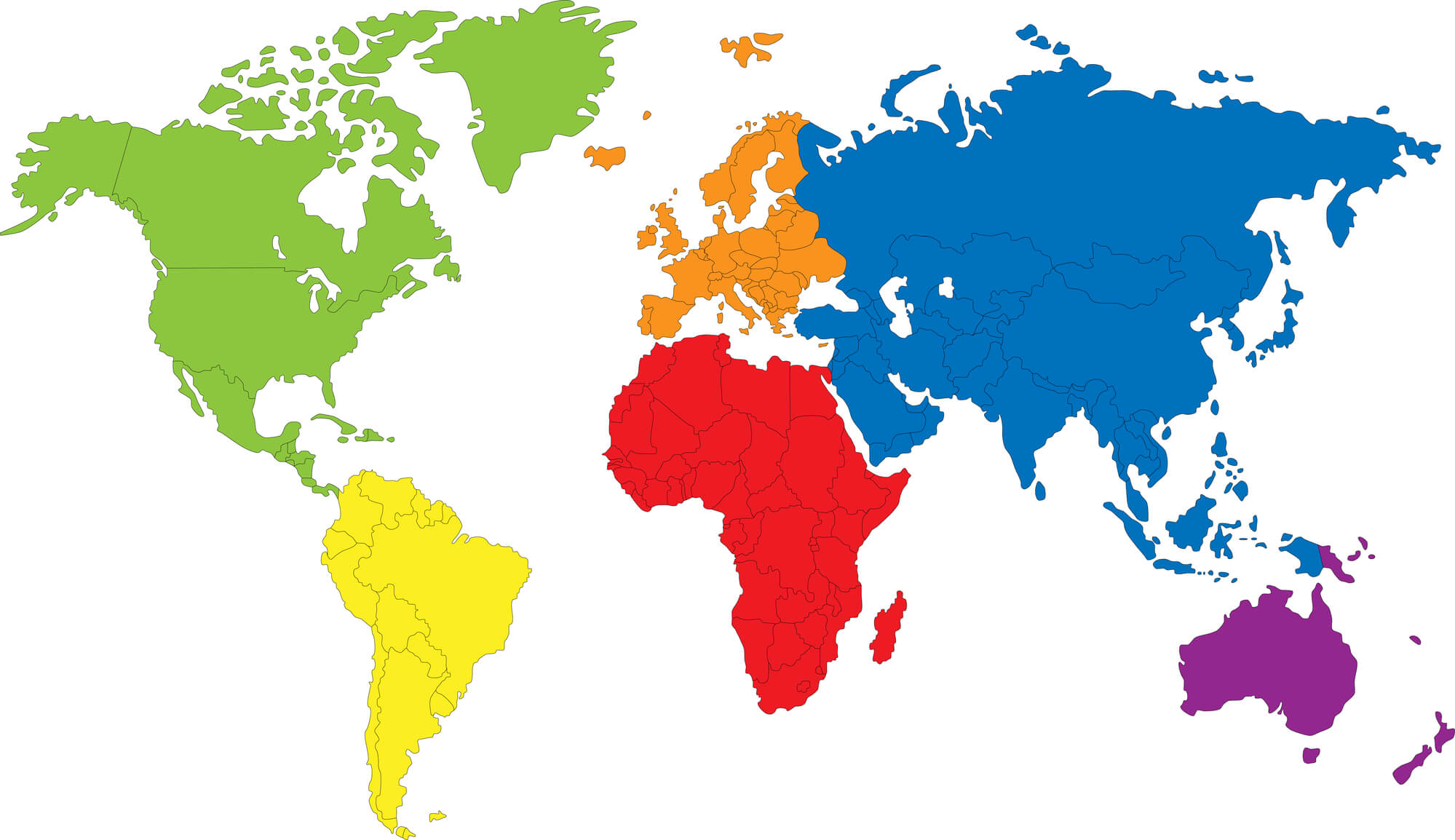International health and safety compliance is critical for businesses that operate across borders. Ensuring compliance with international health and safety standards and regulations is essential for protecting employees' health and safety and avoiding legal and financial penalties. In this article, we'll provide a comprehensive guide to achieving international health and safety compliance, including an overview of common international standards and regulations, the benefits of compliance, how to achieve compliance and the challenges that companies may face whether a small business owner or a multinational corporation, understanding international health and safety compliance is crucial for protecting your employees and your business.
The Benefits of International Health and Safety Compliance
Complying with international health and safety standards brings many benefits to businesses, including:
Improved Employee Safety and Health
Complying with international health and safety standards can help businesses create a safe and healthy workplace for their employees. This can lead to fewer accidents and injuries, reduced absenteeism, and increased employee morale and productivity.
Increased Productivity and Efficiency
A safe and healthy workplace can help businesses improve their productivity and efficiency. Employees who feel safe and healthy are more likely to be focused and productive, resulting in higher-quality work and better business outcomes.
Reduced Legal and Financial Risks
Complying with international health and safety standards can help businesses avoid legal and financial penalties. Non-compliance can result in fines, lawsuits, and even criminal charges. By complying with these standards, businesses can reduce their legal and financial risks and protect their bottom line.
Enhanced Reputation and Brand Image
Complying with international health and safety standards can also enhance a business's reputation and brand image. Customers and employees are likelier to trust and respect businesses prioritising their health and safety.

International Health and Safety Standards and Regulations
There are many international health and safety standards and regulations that businesses need to comply with, depending on the countries where they operate. Some of the most common international standards and regulations include:
- International Labour Organization (ILO) Conventions
- ISO 45001 Occupational Health and Safety Management System Standard
- European Agency for Safety and Health at Work (EU-OSHA) Standards
- Workplace Health and Safety (WHS) Regulations in Australia
Each standard and regulation has unique requirements and differences, and it's essential to understand these requirements to achieve compliance.
Achieving International Health and Safety Compliance
Achieving international health and safety compliance requires a comprehensive approach that includes the following steps:
Conducting a Risk Assessment
Conducting a risk assessment is the first step in achieving international health and safety compliance. This involves identifying potential hazards and risks in the workplace and assessing their severity. The risk assessment should consider the local regulatory environment and cultural differences.
Developing a Health and Safety Management System
The second step is to develop a health and safety management system that meets international standards and regulations. This system should include policies and procedures for managing workplace hazards, training and education programs, and ongoing monitoring and evaluation.
Implementing and Enforcing Health and Safety Policies and Procedures
The third step is to implement and enforce workplace health and safety policies and procedures. This involves ensuring that all employees are aware of the policies and procedures and are following them. It's essential to have regular checks and audits to identify any areas of non-compliance and address them promptly.
Providing Employee Training and Education
The fourth step is to provide employee training and education on health and safety practices. This training should cover workplace hazards, emergency procedures, and safe work practices. Ensuring that all employees receive this training and that it's provided in a language they understand is crucial.
Working with International Health and Safety Consultants
Finally, businesses can work with international health and safety consultants to help them achieve compliance. These consultants can provide expert guidance on navigating international health and safety regulations, conducting risk assessments, developing health and safety management systems, and implementing and enforcing policies and procedures.

Challenges in Achieving International Health and Safety Compliance
Achieving international health and safety compliance can be challenging for businesses, especially those that operate across borders. Some of the most common challenges include:
Cultural Differences and Language Barriers
Cultural differences and language barriers can make achieving international health and safety compliance challenging. For example, some cultures may be reluctant to report workplace accidents or hazards, making it difficult to identify and address safety issues. In addition, language barriers can make it difficult to communicate health and safety policies and procedures effectively.
Varying Regulatory Environments
Regulatory environments can vary widely between countries, making complying with international health and safety standards challenging. Some countries may have more stringent requirements, and compliance can be costly for businesses.
High Costs of Compliance
Complying with international health and safety standards can be costly for businesses, especially small and medium-sized enterprises. For example, businesses may need to invest in equipment, training programs, and consulting services to achieve compliance.
Conclusion
International health and safety compliance is critical for businesses that operate across borders. By complying with international health and safety standards, businesses can protect their employees, reduce legal and financial risks, and enhance their reputation and brand image. Achieving compliance requires a comprehensive approach, including risk assessments, health and safety management systems, policies and procedures, employee training and education, and international health and safety consultants. While there may be challenges to achieving compliance, businesses need to prioritize the health and safety of their employees and comply with international standards and regulations.
